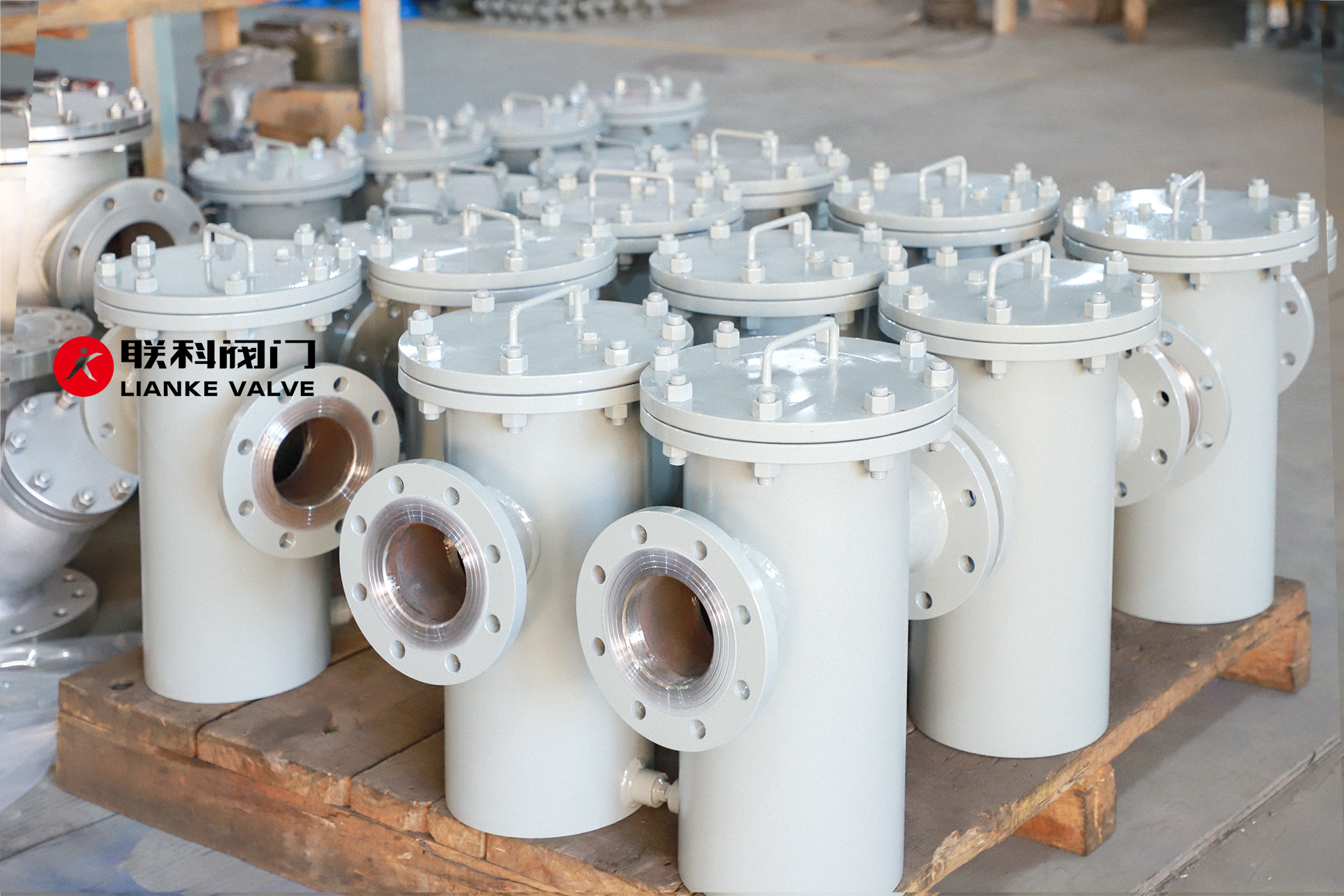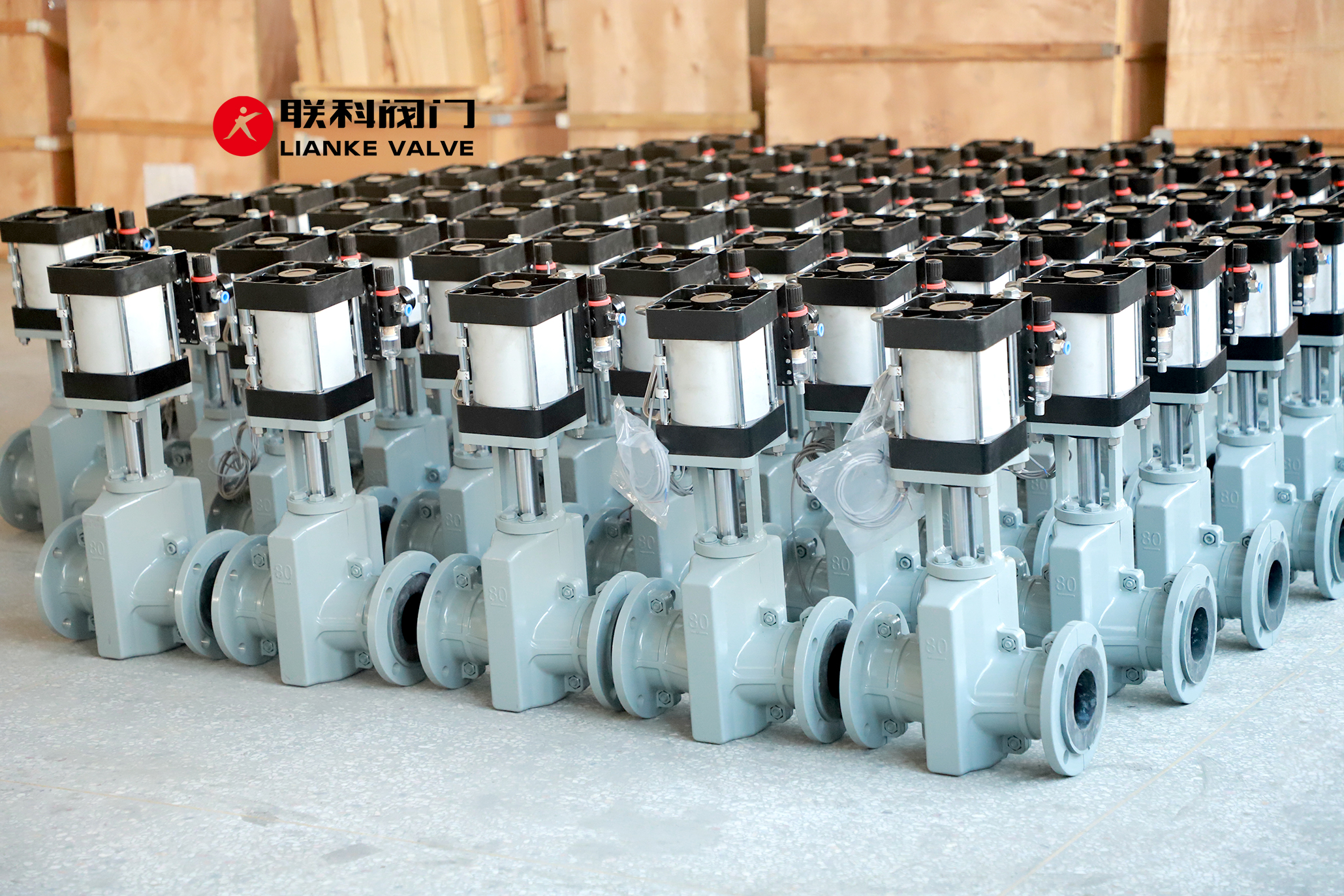

Los plásticos y los elastómeros son materiales esenciales en industrias que abarcan desde la fabricación de automóviles hasta los dispositivos médicos. Si bien ambos son polímeros (largas cadenas de moléculas repetidas), sus propiedades y aplicaciones difieren significativamente. Esta guía desglosa sus distinciones técnicas, respaldadas por investigaciones y datos de la industria, para ayudarlo a tomar decisiones informadas sobre los materiales.
Los plásticos son polímeros sintéticos elaborados a partir de monómeros como el etileno o el propileno. Se clasifican en dos tipos:
Los elastómeros, a menudo llamados cauchos, son polímeros con propiedades elásticas. Sus cadenas moleculares están reticuladas, lo que les permite estirarse sobre 100% y volver a su forma original. Algunos ejemplos comunes incluyen silicona y EPDM (Industrias Osborne).
| Propiedad | Plástica | Elastómeros |
|---|---|---|
| Elasticidad | Bajo (estiramiento ≤ 10%) | Alto (estiramiento 100–700%) |
| Resistencia al calor | Varía: PE (80 °C), PEEK (250 °C) | Moderado: Silicona (230°C), EPDM (150°C) |
| Reciclabilidad | Termoplásticos: Sí; Termoestables: No | Limitada (estructura reticulada) |
Los elastómeros absorben la tensión mecánica gracias a su estructura molecular en espiral. Por ejemplo, las juntas tóricas de silicona se estiran para sellar los espacios bajo presión, pero vuelven a su forma original cuando se retira la carga.Estudio PMC).
Los plásticos como el policarbonato mantienen su forma bajo cargas estáticas, pero pueden agrietarse ante un impacto repentino. Las tuberías de PVC soportan una presión de agua constante, pero pueden fallar si se doblan repetidamente.
Los plásticos en la industria
Elastómeros en acción
Plástica
Elastómeros
Los plásticos proporcionan integridad estructural, mientras que los elastómeros aportan flexibilidad. Comprender sus diferencias garantiza la selección óptima de materiales para lograr durabilidad y rendimiento industriales.

Choosing the right basket strainer for your system comes down to understanding filtration size, strainer mesh, and how these elements fit into your specific piping setup. Whether you’re working in chemical processing, food production, water treatment, or HVAC, the right strainer ensures system protection, flow efficiency, and long-term equipment performance. This article will help you […]

Installing, operating, and maintaining a basket strainer properly ensures optimal system performance, protects downstream equipment, and extends the life of your filtration system. Whether used in chemical processing, HVAC, food production, or water treatment systems, basket strainers are essential components for removing solid particles from fluids. In this article, we’ll break down the complete lifecycle […]

Valve testing ensures that industrial valves meet strict performance, safety, and durability standards before they are installed in real-world systems. This process verifies that valves operate reliably under pressure, prevent leaks, and perform in extreme conditions such as high temperature or cryogenic environments. Whether it’s a valve leak test or a gas valve test, the […]

The most effective way to resolve pinch valve issues is to identify the root cause early—whether it’s sleeve wear, actuation failure, or leaks—and apply targeted troubleshooting steps to restore performance. Pinch valves are favored for their durability and simplicity in handling slurries, abrasive materials, and corrosive fluids. But like any component, they can develop problems […]



